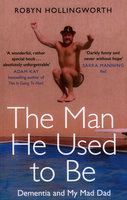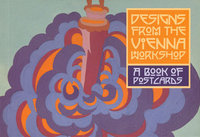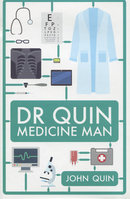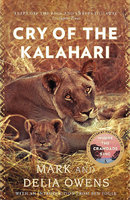New, Quality Gift Books - 50-90% off - over 2500 titles
Your basket is empty.
Categories Last Chance to buy! ECHOES OF THE MERSEYSIDE BLITZ
ECHOES OF THE MERSEYSIDE BLITZ
Book number: 92159
Product format: Paperback
In stock
Bibliophile price
£6.00
Published price
£14.99
Customers who bought this product also bought
|
MAN HE USED TO BE: Dementia and My Mad Dad
Book number: 92570
Product format: Paperback
Bibliophile price
£4.00
Published price
£8.99
|
DESIGNS FROM THE VIENNA WORKSHOP:
Book number: 92658
Product format: Paperback
Bibliophile price
£4.00
Published price
£12.95
|
DR QUIN, MEDICINE MAN
Book number: 92873
Product format: Hardback
Bibliophile price
£4.00
Published price
£20
|
|
CRY OF THE KALAHARI
Book number: 94050
Product format: Hardback
Bibliophile price
£8.00
Published price
£20
|
HANDBOOK OF BIRD FAMILIES: Natural History Museum
Book number: 94063
Product format: Paperback
Bibliophile price
£7.00
Published price
£20
|
Browse these categories as well: Last Chance to buy!, War & Militaria, Great Britain, Maps & the Environment, War Memoirs






